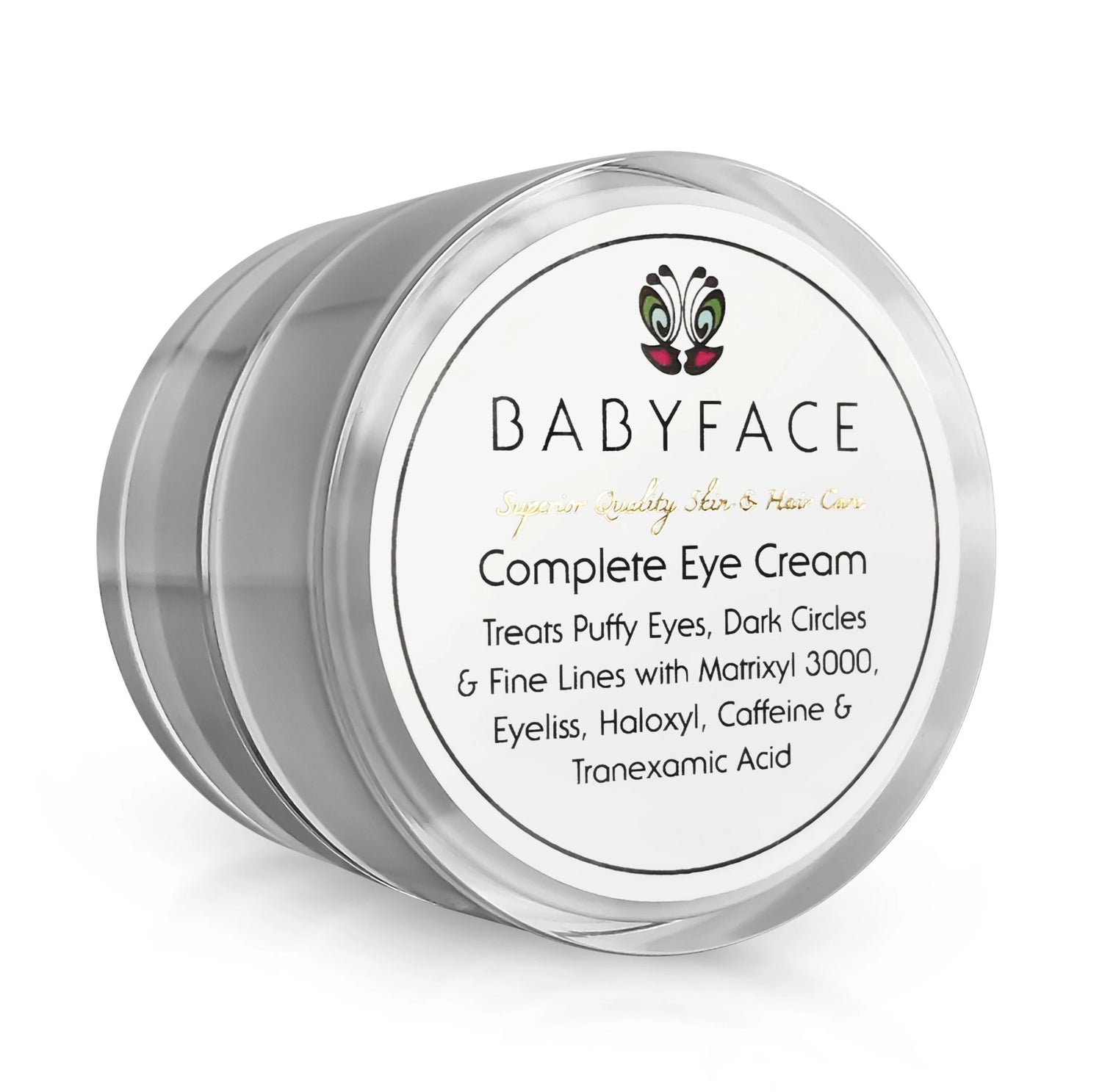4 Ways To Treat Dark Spots (And How To Choose The Best One For You)
Giorgia G.Share
 Hands up if you love spending sunny spring days frolicking at the beach, hiking up the hills or camping out with friends. When the weather turns warmer and the days start getting longer, life is a lot more fun.
Hands up if you love spending sunny spring days frolicking at the beach, hiking up the hills or camping out with friends. When the weather turns warmer and the days start getting longer, life is a lot more fun.
But, all that fun doesn't come scot-free. Linger a little too long in the sun without sunscreen and, when you're not looking, those pesky dark spots will make an appearance on your skin. Bummer!
But, fret not. Those dark spots don't have to last forever. I won't kid you, fading them takes time and dedication. But with the right tools, the job can be done. Here are the 4 best ways to treat dark spots and how to choose the best one for your unique needs:
-
Kojic Acid
What it is: kojic acid is produced by several fungi, usually as a result of fermentation (sake, the popular Japanese drink, is full of it).
How it works: it inhibits tyrosinase, the enzyme that triggers the production of melanin. Melanin is the pigment that gives the spots their dark colour. When you take its production down a notch or two, the spots slowly turn back to their original hue. Kojic acid works even better when used with exfoliating acids, such as glycolic, that remove the superficial, damaged and darker cells on the surface of the skin.
Side effects: if you have sensitive skin, kojic acid may irritate it.
Best for: sun spots and friction darkening, ie. shaved areas and knees, elbows.
Where to find it: Vitamin C Lightening Mask
-
Vitamin C
What it is: a powerful antioxidant that doubles up as skin-brightener.
How it works: Vitamin C is a multi-tasker that fights dark spots and wrinkles at the same time. Vitamin C inhibits tyrosinase, the enzyme responsible for the overproduction of melanin, and has a mild exfoliating action that melts away the damaged, darker skin cells on the surface. Like this weren't enough, it also boosts collagen production and fights free radicals, nipping new wrinkles in the bud. Vitamin C works even faster when used with other skin-lightners, such as licorice and kojic acid.
Side effects: high concentrations could be irritating to first-time users. To avoid any problems, use it in moderation.
Best for: anyone who wants to treat hyperpigmentation and prevent wrinkles at the same time.
Where to find it: Super-C Vitamin C Serum with 20% vitamin C.
-
Bearberry
What it is: derived from the leaves of the Uva Ursi plant, bearberry extract is a natural source of arbutin, a powerful skin lightener. Bearberry extract is sometimes referred to as a derivative of hydroquinone, but it's NOT hydroquinone. It doesn't break down into hydroquinone, either. It simply provides the same benefits without the nasty side effects.
How it works: like most effective skin lighteners, it blocks the activity of tyrosinase, the enzyme that signals your skin to produce more melanin than needed. By stopping the excess flow of melanin, the darker hue eventually fades off. Plus, it has powerful antioxidant properties that help your skin fight off wrinkles.
Side effects: bearberry extract is so strong, it can cause uneven lightening if used undiluted. Best for: anyone looking for an alternative to hydroquinone, or simply a pure, natural remedy to treat age spots, sun spots, freckles and melasma.
Where to find it: Pure Bearberry Extract For Skin Lightening and our new Lightening Serum.
-
Glycolic Acid
What it is: a member of the Alpha Hydroxy Acids (AHA) family, glycolic acid is an exfoliant derived from sugar cane.
How it works: like all AHAs, glycolic acid dissolves the glue that holds skin cells together, allowing them to slough off. Once the superficial layer of old and damaged dead skin cells is off the skin, the newer and more even toned cells that were hidden underneath finally come to the surface. The best part? Together with dark spots, glycolic acid peels also fade fine lines, wrinkles and acne scars.
Side effects: glycolic acid peels may cause mild irritations, redness and peeling, especially in high doses. To minimize the risks, it's recommended to use the peel in moderation – do NOT use it every day! Always consult your doctor before using a strong glycolic acid peel and wear sunscreen religiously afterwards. Glycolic acid makes skin more prone to sun-damage so sunscreen is a must.
Best for: anyone looking to boost results of their other lightening topicals. Note that strong, high concentration peels are recommended only for professionals or long-time, experienced glycolic acid users with severe hyperpigmentation.
Where to find it: 35% Professional Glycolic Acid Peel. Dark spots are a pain, but they don't need to ruin your skin (or your spring).
With the right allies and a bottle of sunscreen always at hand, those pesky reminders of your fun in the sun won't linger on your skin for long.
